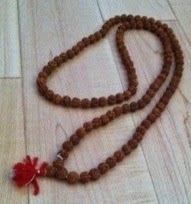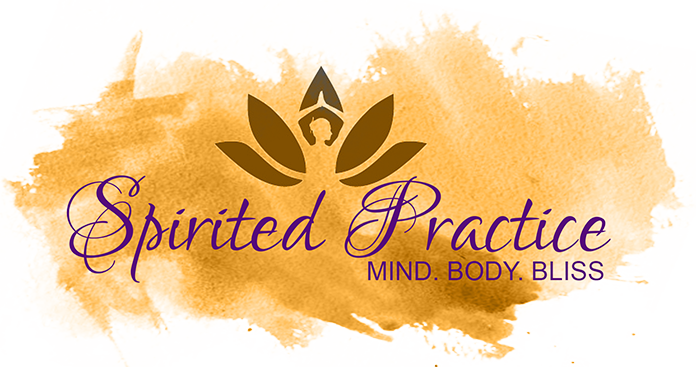Photo Credit: Jim Zink
I’ve been writing a lot about nourishment (or lack thereof) in the way of food and cleansing for the body, mind, and spirit. I’d like to look at other forms of nourishment. Sound in its many forms has led me to both suffering and solace. Of late though, it is my second favorite way to feed my soul. We’ll get to my first someday soon.
Sound is defined as vibrations that travel through the air or another medium and can be heard when they reach a being’s inner ear. The difference between noise and sound depends upon the listener. I specifically want to look at mantra, which may or may not be audible.
Mantra is sound that can help us connect to the Divine as well as to practice focus, concentration and to extend our exhale.
There is an indescribable power in the mantra sound vibration that may be felt immediately or over time depending on what we are ready for. A mantra can be one syllable as in OM or a group of syllables or words. Mantra can be performed verbally or mentally, loudly or softly.
Mere mechanical repetition is very effective, yet it does not have the same powerful effect as setting a clear intention before saying your mantra. The effects are much more potent if the same mantra is used over a period of time.
We use mantra for healing, clarity, to define our priorities, to let go of things that don’t work for us and to manifest what will support our growth. The sound connects with our truth through its vibration. It is especially strong in our throat (Vishudda cakra-pronounced chakra ), the instrument we use to express ourselves and to speak our truth.
 In my blog post, Why I Chant, I discuss the benefits of chanting. While using mantra will benefit us in the same way as chanting, focusing on a mantra may or may not be chanting. For instance, if you hold the sound Aum or Om in your mind, you are using a mantra yet you are not necessarily chanting. With a short mantra, we don’t have to concentrate to remember the words so we can focus on the qualities, the feelings, and the vibration.
In my blog post, Why I Chant, I discuss the benefits of chanting. While using mantra will benefit us in the same way as chanting, focusing on a mantra may or may not be chanting. For instance, if you hold the sound Aum or Om in your mind, you are using a mantra yet you are not necessarily chanting. With a short mantra, we don’t have to concentrate to remember the words so we can focus on the qualities, the feelings, and the vibration.
We might repeat a mantra while using a mala (historically 108 beads of some sort). Using a mala is a way to focus and keep track of how many times we say the mantra. 108 is an auspicious number. Read more on 108.
I use mantra in my asana practice to focus, feel the vibration and to lengthen my exhale. Mantras are generally given to students by their teachers.
The mantra might be connected to something we want to emulate (water: apah, pronounced a-pa-ha), something we love or something we want to devote ourselves to.
I offer a Soul Sound Experience where I find your personal mantra from the Sanskrit sound that was present at the time of your birth. For more information, click here.
Please share experiences or your thoughts if you would like to add to my discussion about mantra. I realize that I’ve barely skimmed the surface of mantra; that is why we have a life time to learn. Om shanti. Peace


